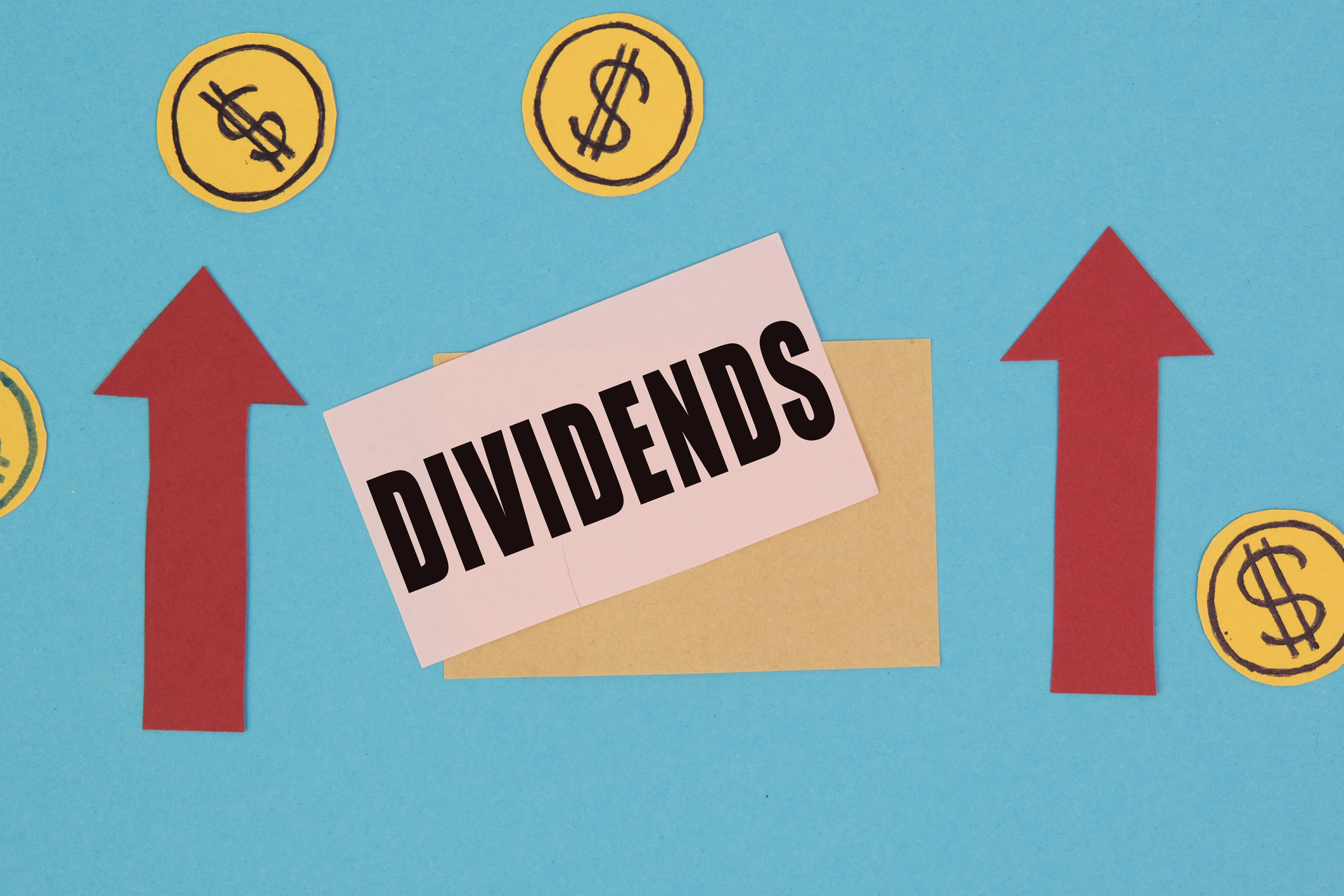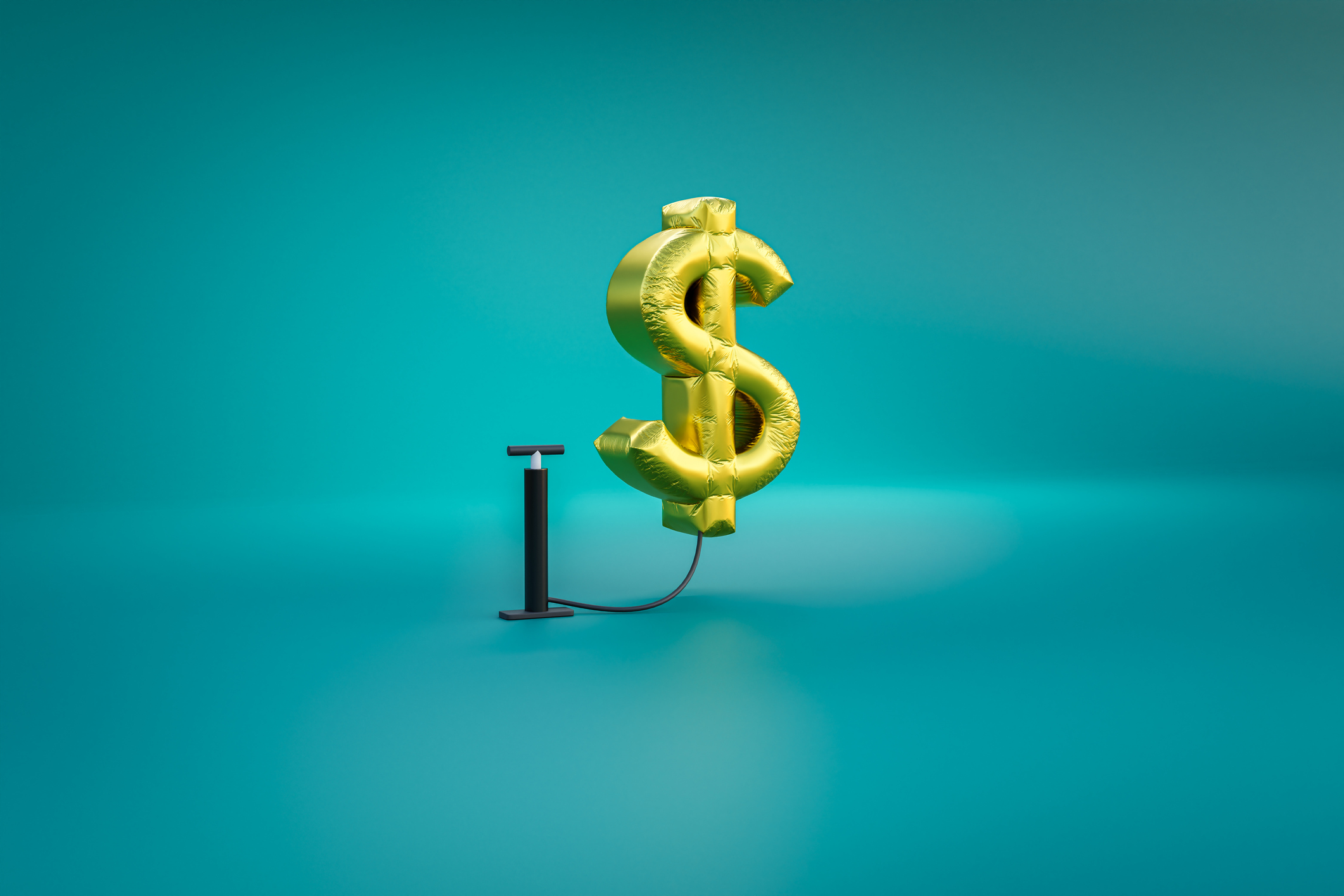Qualified Dividends vs Ordinary Dividends: How Are Dividends Taxed?
What are qualified dividends vs ordinary dividends? Here, we look at which is which, how each one is taxed and what that means for investors.


At some point in nearly every investor's life, they will be alerted to the fact that they're collecting "qualified dividends." That inevitably prompts the natural question: What are qualified dividends vs ordinary dividends?
Ultimately, the importance of this distinction has to do with how dividends are taxed. And knowing which is which can be one way to help potentially lower your tax bill.
The tax rate on qualified dividends is 15% for most taxpayers. (It's zero for single taxpayers with incomes under $47,025 as of 2024 and 20% for single taxpayers with incomes over $518,901.)

Sign up for Kiplinger’s Free E-Newsletters
Profit and prosper with the best of expert advice on investing, taxes, retirement, personal finance and more - straight to your e-mail.
Profit and prosper with the best of expert advice - straight to your e-mail.
However, "ordinary dividends" (or "nonqualified dividends") are taxed at your normal marginal tax rate.
Here are the qualified dividend tax rates for 2024 and 2025:
Status | Taxable income | Tax rate |
Single | $0 to $47,025 | 0% |
| Row 2 - Cell 0 | $47,026 to $518,900 | 15% |
| Row 3 - Cell 0 | $518,901 or more | 20% |
Married, filing jointly | $0 to $94,054 | 0% |
| Row 5 - Cell 0 | $94,055 to $583,750 | 15% |
| Row 6 - Cell 0 | $583,751 or more | 20% |
Head of household | $0 to $63,000 | 0% |
| Row 8 - Cell 0 | $63,001 to $551,350 | 15% |
| Row 9 - Cell 0 | $551,351 or more | 20% |
Married, filing separately | $0 to $47,025 | 0% |
| Row 11 - Cell 0 | $47,026 to $291,850 | 15% |
| Row 12 - Cell 0 | $291,851 or more | 20% |
Status | Taxable income | Tax rate |
Single | $0 to $48,350 | 0% |
| Row 2 - Cell 0 | $48,351 to $533,400 | 15% |
| Row 3 - Cell 0 | $533,401 or more | 20% |
Married, filing jointly | $0 to $96,700 | 0% |
| Row 5 - Cell 0 | $96,701 to $600,050 | 15% |
| Row 6 - Cell 0 | $600,051 or more | 20% |
Head of household | $0 to $64,750 | 0% |
| Row 8 - Cell 0 | $64,751 to $566,700 | 15% |
| Row 9 - Cell 0 | $566,701 or more | 20% |
Married, filing separately | $0 to $48,350 | 0% |
| Row 11 - Cell 0 | $48,351 to $300,000 | 15% |
| Row 12 - Cell 0 | $300,001 or more | 20% |
But on a more fundamental level, investors may want to know what exactly is a qualified dividend, and how can we tell if the income coming from the dividends stocks in our portfolios is qualified?
Investors may also be curious to know which investments pay out non-qualified dividends.
Let's start by examining how qualified dividends were created in the first place. Then we'll look at how that affects the rules governing qualified and ordinary dividends today.

Charles Lewis Sizemore, CFA, is the Chief Investment Officer of Sizemore Capital Management LLC, a registered investment advisor based in Dallas, Texas, where he specializes in dividend-focused portfolios and in building alternative allocations with minimal correlation to the stock market. Charles has been a regular contributor to several financial media outlets over the years, including Kiplinger, Forbes and MarketWatch.
What is a qualified dividend?
The concept of qualified dividends began with the 2003 tax cuts signed into law by then-President George W. Bush. Previously, all dividends were taxed at the taxpayer's normal marginal rate.
The lower qualified rate was designed to fix one of the great unintended consequences of the U.S. tax code.
By taxing dividends at a higher rate, the IRS was incentivizing companies not to pay them. Instead, the IRS was encouraging businesses to do stock buybacks (which were untaxed at the time) or simply hoard the cash.
By creating the lower qualified dividend tax rate that was equal to the long-term capital gains tax rate, the tax code instead incentivized companies to reward their long-term shareholders with higher dividends. It also made it more attractive for investors to hold their stocks for longer.
In theory, this would create a better kind of company and a better kind of investor.
It's debatable as to whether the lower rate had the desired effect; in the two decades that have passed, companies (particularly tech stocks) continue to hoard a lot of cash, and buybacks were credited with being one of the biggest drivers of the 2009-2020 bull market.
But it's certainly true that dividends became more of a focus for both investors and the companies paying them following the 2003 tax reforms.
Even tech darlings such as Microsoft (MSFT) and Broadcom (AVGO) regularly pay dividends. And it seems dividends are on the way back, with more and more firms hiking their payouts.
How do I know if my dividends are qualified?
To be a qualified dividend, the payout must be made by a U.S. company or a foreign company that trades in the U.S. or has a tax treaty with the U.S. That requirement is simple enough to understand.
The next part gets tricky.
The 2003 tax cut was designed to reward patient, long-term shareholders. So, to qualify, you must hold the shares for more than 60 days during the 121-day period that starts 60 days before the ex-dividend date.
As a reminder, an investor must own the stock before the ex-dividend date to receive the next dividend payment.
If you're eyes are crossing, just think of it like this: If you've held the stock for a few months, you're likely getting the qualified rate. If you haven't, you're probably not, or at least not yet.
And there are certain types of stocks whose dividends are not considered qualified no matter what.
For example, real estate investment trusts (REITs) and master limited partnerships (MLPs) typically do not pay qualified dividends.
REIT dividends and MLP distributions have more complicated tax rules; however, in some cases, they might actually have lower effective tax rates.
Money market funds and other "bond-like" instruments generally pay ordinary dividends. So do dividends paid out in employee stock-option plans.
The good news: It's actually not your problem to figure this out if you really don't want to. Your broker will specify whether the dividends you received are qualified or not in the 1099-Div they send you at tax season.
But knowing whether you're being paid qualified dividends can help you plan properly. Perhaps you can arrange your dividend-stock portfolio such that your lower-taxed qualified dividends are paid into your taxable brokerage account and your higher-taxed ordinary dividends are paid into your IRA.
If all of this is making your head spin, we can summarize like this:
Most "normal" company stocks you've held for at least two months will have their dividends qualified. Many unorthodox stocks – such as REITs and MLPs – and stocks held for less than two months generally will not.
Related content
Get Kiplinger Today newsletter — free
Profit and prosper with the best of Kiplinger's advice on investing, taxes, retirement, personal finance and much more. Delivered daily. Enter your email in the box and click Sign Me Up.

Charles Lewis Sizemore, CFA is the Chief Investment Officer of Sizemore Capital Management LLC, a registered investment advisor based in Dallas, Texas, where he specializes in dividend-focused portfolios and in building alternative allocations with minimal correlation to the stock market.
-
 April CPI Keeps Fed Rate Cuts on Pause for Now: What the Experts Say
April CPI Keeps Fed Rate Cuts on Pause for Now: What the Experts SayThe April CPI report is unlikely to change the Fed's wait-and-see approach to interest rates.
-
 How to Turn Education Planning Into Retirement Planning
How to Turn Education Planning Into Retirement PlanningNervous about investing in a 529 plan? If college doesn't pan out, the money can now be rolled over into a Roth IRA, which will grow tax-free until retirement.
-
 We Took Them in After the Fire, and Now They Won't Leave
We Took Them in After the Fire, and Now They Won't LeaveA well-meaning older couple responded to a young couple's plea for help. Now they're looking at having to evict tenants rather than simply asking houseguests to go. How could this happen?
-
 How Financial Advisers Can Help Clients Navigate the SSFA
How Financial Advisers Can Help Clients Navigate the SSFAThe Social Security Fairness Act's big changes and new opportunities could require adjustments in tax strategy for some Social Security recipients.
-
 Six Steps for Financial Advisers to Make Compliant Video Testimonials
Six Steps for Financial Advisers to Make Compliant Video TestimonialsFollowing these steps in order can help ensure you don't end up breaking any rules or having to redo your work.
-
 Stock Market Today: Dow Gains 1,160 Points on U.S.-China Trade Deal
Stock Market Today: Dow Gains 1,160 Points on U.S.-China Trade DealThe two countries agreed to a 90-day truce that will give them time to work on more substantive trade negotiations.
-
 Why Has the IPO Market Gone Cold?
Why Has the IPO Market Gone Cold?Hopes were high that 2025 would see strong IPO activity, but the market has recently cooled. Here's why.
-
 The Best Investing Advice for College Grads
The Best Investing Advice for College GradsGetting a head start on investing can be intimidating for new college graduates, but doing so will pay dividends for their financial health down the road.
